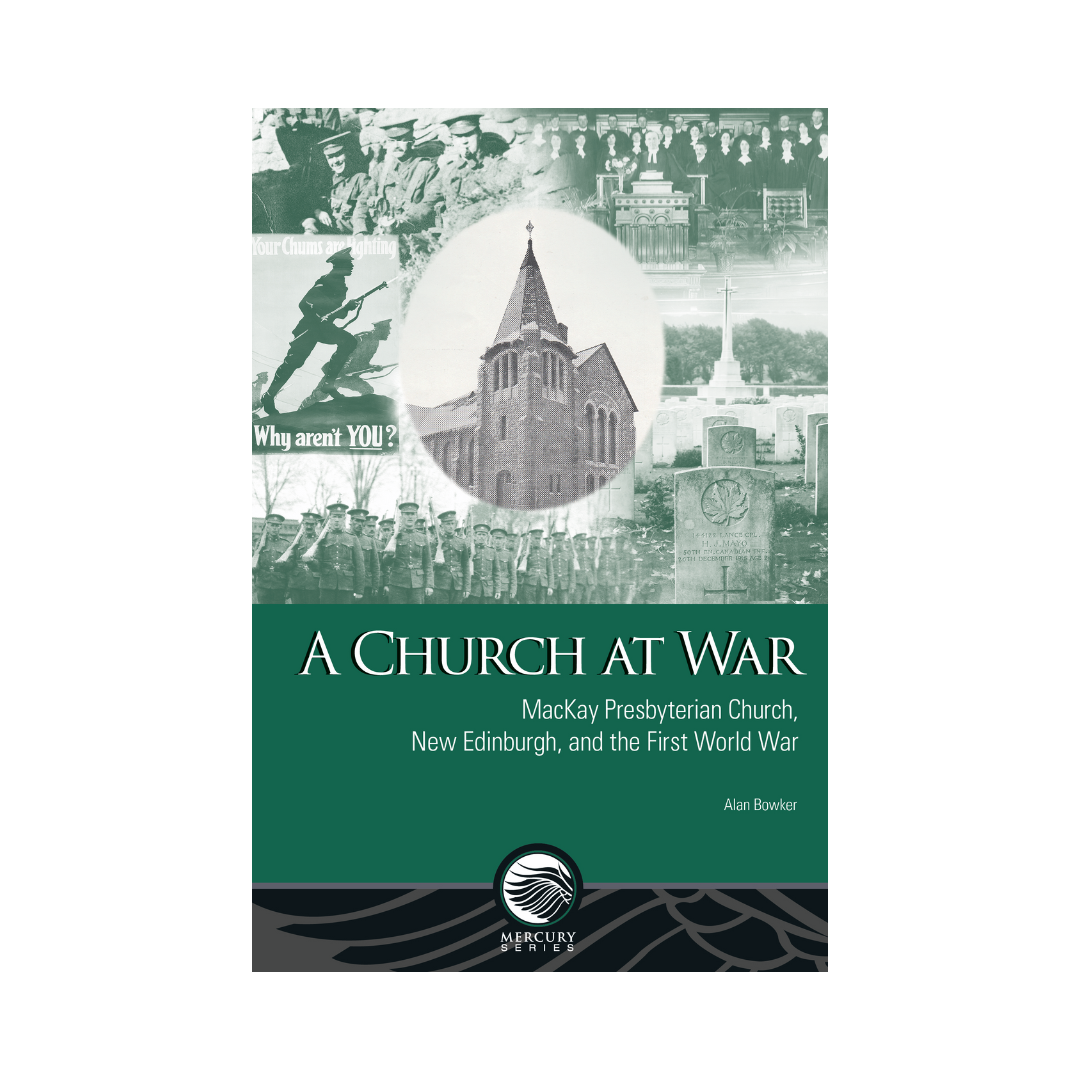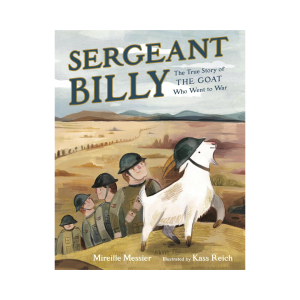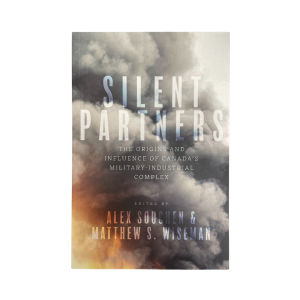A Church at War : MacKay Presbyterian Church, New Edinburgh, and the First World War
$44.95
This book weaves together the stories of those men who served, their families at home, and their church as they responded to a terrible war. This volume focusses on the 19 men who fell in the war, as well as their siblings who also served; the widows they left to cope as best they could, the children who would grow up without fathers, and the families whose pride in their sacrifice was mixed with heartbreak at their loss. This study of a church at war deepens our understanding of the social history of Canada’s response to a global war, using new methods, including online research and the tools of genealogical study, to bring to life people who did not leave a rich legacy of information on their lives and families.
A Church at War: MacKay Presbyterian Church, New Edinburgh, and the First World War by Alan Bowker
One hundred and fortyone people from MacKay Presbyterian Church served in the First World War, and their church and their families at home steadfastly supported the war through four years of privation, suffering, and grief. MacKay church served New Edinburgh, a community with roots in the lumber industries at the Rideau Falls, where Rideau Hall was located and which was home to a growing number of public servants and a large Germanspeaking minority, as well as boasting a rich tradition of athletics and militia service.
MacKay church embraced the conviction that an immanent God was working in history, and that Christians had a duty to realize the Kingdom of God on Earth through evangelism and social and moral reform. They regarded the British Empire as the apogee of Christian civilization bringing peace and progress to the world. They were thus convinced that in defending their country and Empire against German aggression and autocracy they were fighting for “justice, truth, and righteousness, and for the Glory of God”.
This book weaves together the stories of those men who served, their families at home, and their church as they responded to a terrible war. This volume focusses on the 19 men who fell in the war—some as heroes in desperate battles, others in tragically random circumstances or from illness, several who have no known grave—as well as their siblings who also served; the widows they left to cope as best they could, the children who would grow up without fathers, and the families whose pride in their sacrifice was mixed with heartbreak at their loss.
The last chapters describe the return of the survivors and their adjustment, along with their families, to a changed world, as they launched new careers or returned to old jobs, started new families, and in some cases struggled with permanent injuries and painful memories. MacKay Presbyterian Church became MacKay United Church, reaffirming its Christian faith while remembering those who made the Supreme Sacrifice.
This study of a church at war deepens our understanding of the social history of Canada’s response to a global war, using new methods, including online research and the tools of genealogical study, to bring to life people who did not leave a rich legacy of information on their lives and families.





